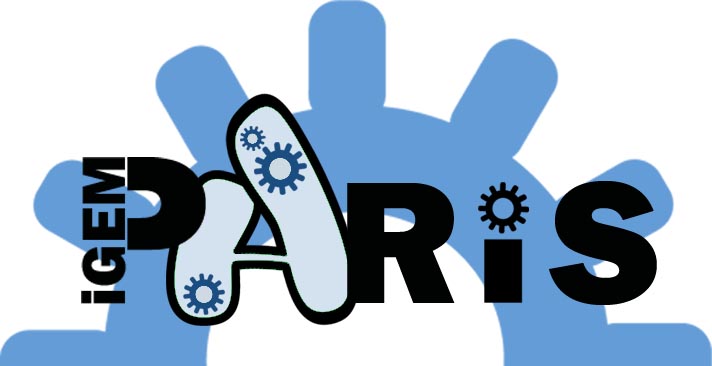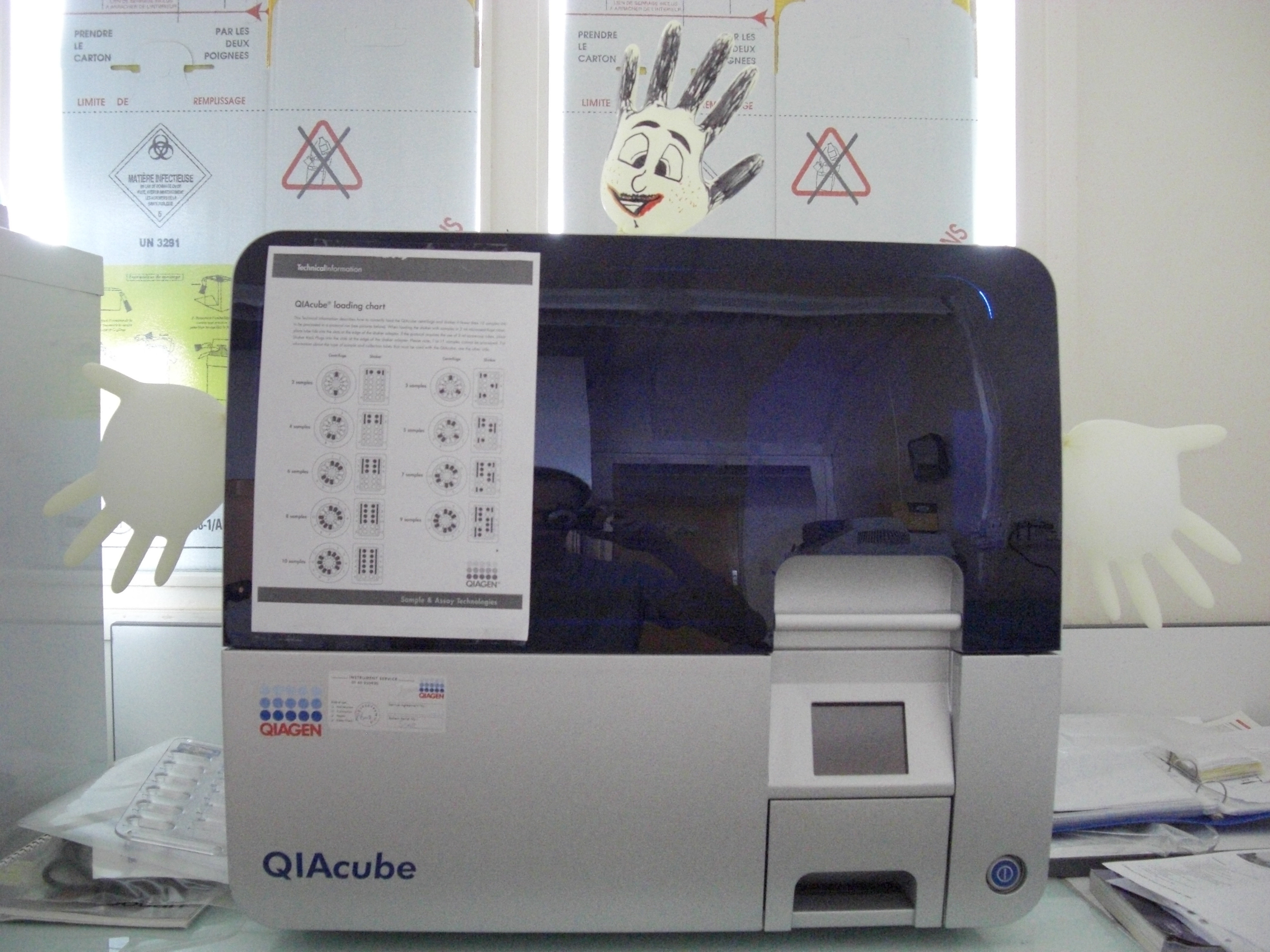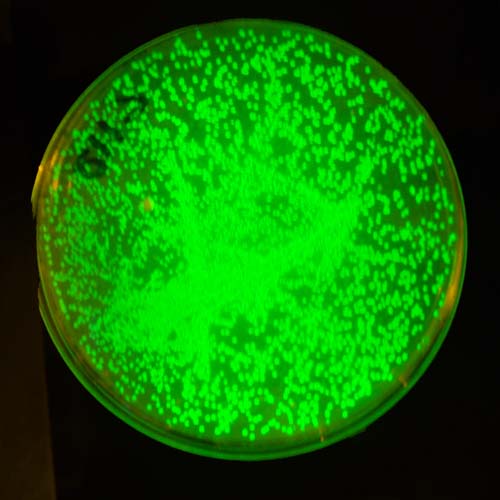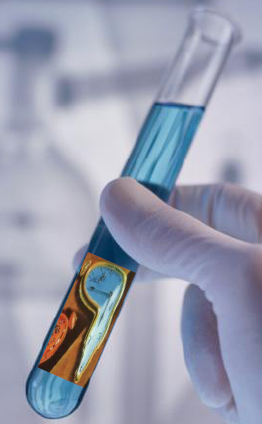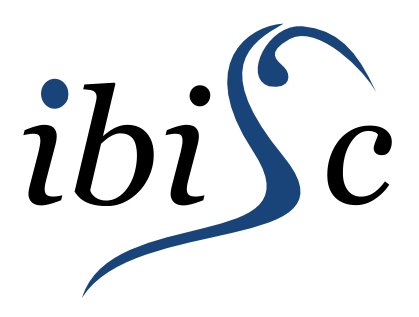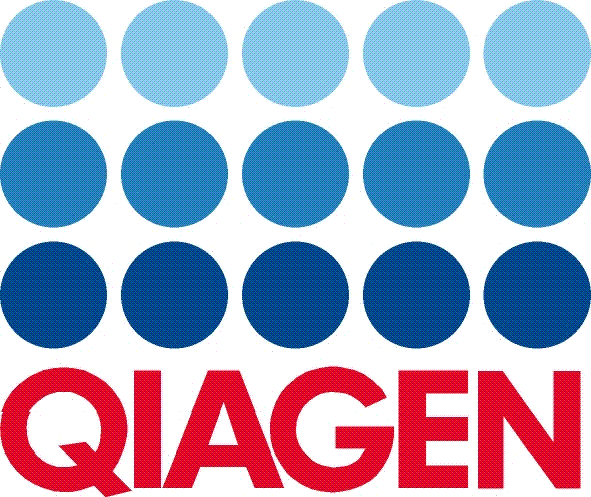Team:Paris/Museum
From 2008.igem.org
(New page: {{Paris/MenuBackup}} <center><font size = "5">'''Welcome to iGEM08 Paris' wiki page'''</font></center> =About Our Project: the BacteriO'Clock= [[Image:IGEM_paris_logo_bleu_dernier_copy.j...) |
|||
| Line 1: | Line 1: | ||
| - | {{Paris/MenuBackup}} | + | {{:Team:Paris/MenuBackup}} |
<center><font size = "5">'''Welcome to iGEM08 Paris' wiki page'''</font></center> | <center><font size = "5">'''Welcome to iGEM08 Paris' wiki page'''</font></center> | ||
Revision as of 04:37, 30 October 2008
Go back to the normal Wiki
About Our Project: the BacteriO'Clock
After several months of deep reflexion, our project took shape ! Our project aims at biologically devising a “oscillating FIFO behaviour, synchronized at population level”. Such a setup will trigger periodic events and,therefore, can be considered as a “biological clock”. To completely deserve this appellation, the system has to fulfill the following specifications :
- Oscillatory system : It will consist in providing a periodic output for the duration of the experiment. To do so, we will use a genetic cascade, initiated by a specific inducer which last step will inhibit the previously mentioned inducer.
- FIFO System : The period of the oscillation is even more interesting if it allows the sequential switching on and off of several genes. Our setup involves three genes which will get activated and desactivated successively as a “FIFO : First In, First Out”. This sequence is monitored by a logic structure called Feed-Forward Loop (FFL).
- Synchronization : Yet, being able to control this sequential activation within a single cell can be seen as a “first step” in biological clock devising. In order to amplify this phenomenon (to observe it in an easier way or even to find future applications), it has to be extended to a whole population of bacteria. Here comes the synchronization issue: we will use methods based on the “quorum sensing” phenomenon.
We will base our project on an already existing structure, partly fulfilling the evoked specifications: the system that leads to the production of E. coli flagella.
For more information, have a look to our project page !
News
September 26th:
Bye Bye Maurice! You were very usefull for us. We hope to see you next year.
August 4th:
We are happy to welcome another member in the team : Maurice.
Maurice is excellent to do MiniPreps and Gel Extraction.
QIAGEN introduced him to us, his full name is [http://www1.qiagen.com/media/player.aspx?movie=QiaCubeProduktfilmlarge&time=163 QIAcube], he does up to 12 MiniPreps simultaneously in less than 30 minutes...
Thanks to him and to QIAGEN, we will spare a lot of time !
July:
We managed to build and transform our first biobricks.
Here, a strong constitutive promoter activates the expression of GFP tripart.
Beautiful, isn't it ?
 "
"
